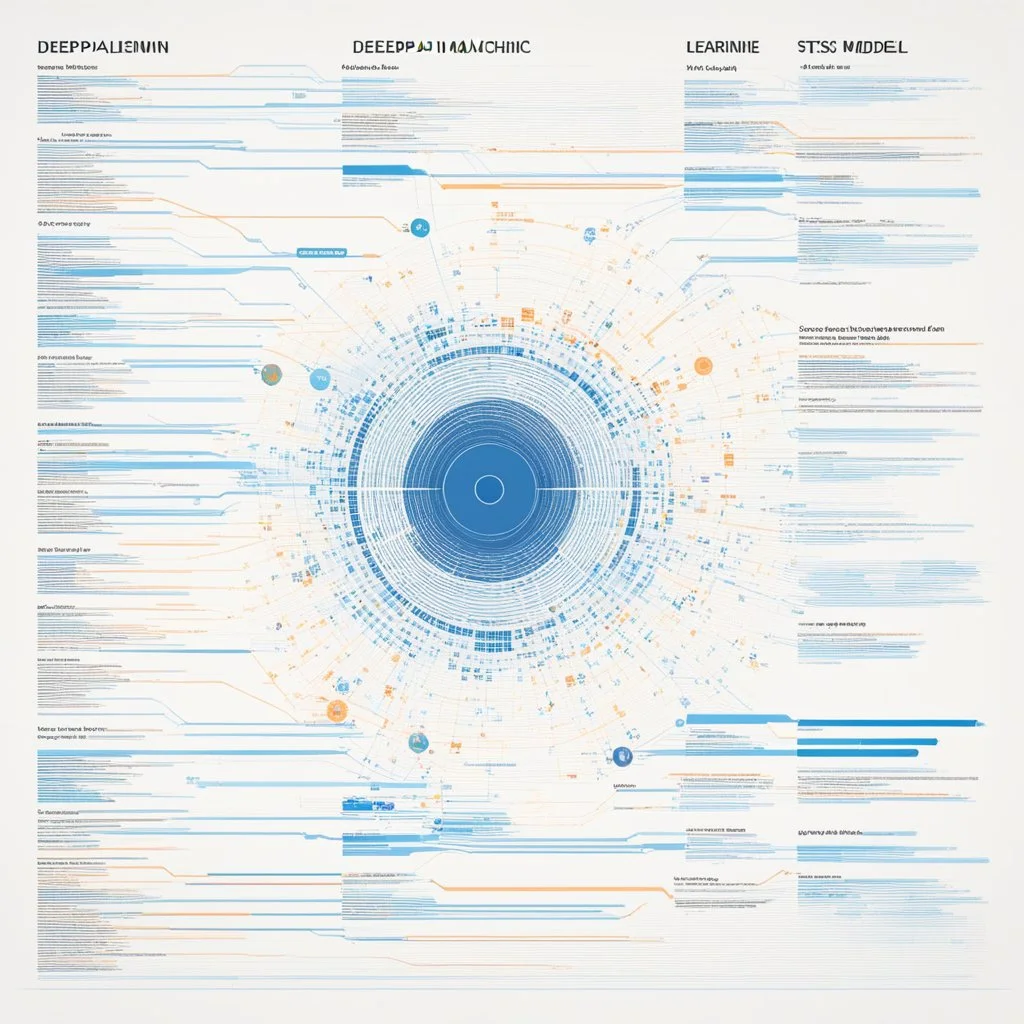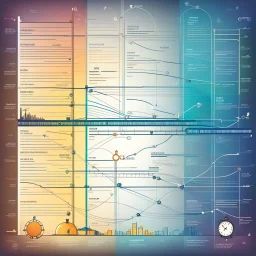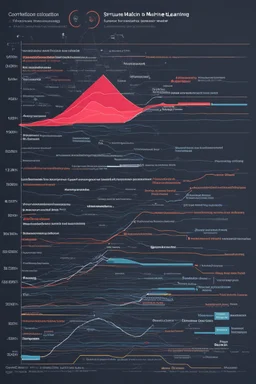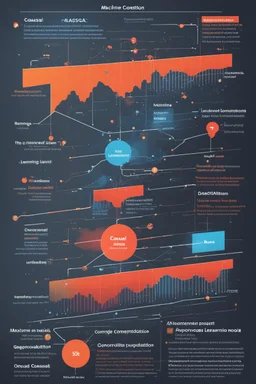

@generalpha
Prompt
https://deepai.org/machine-learning-model/text2img
statue, doubles, twins, entangled fingers, Worst Quality, ugly, ugly face, watermarks, undetailed, unrealistic, double limbs, worst hands, worst body, Disfigured, double, twin, dialog, book, multiple fingers, deformed, deformity, ugliness, poorly drawn face, extra_limb, extra limbs, bad hands, wrong hands, poorly drawn hands, messy drawing, cropped head, bad anatomy, lowres, extra digit, fewer digit, worst quality, low quality, jpeg artifacts, watermark, missing fingers, cropped, poorly drawn
1 year ago
Model
SSD-1B
Guidance Scale
7
Dimensions
1024 × 1024



![[art by Paul Ranson] artistic and yet geometric representations of Bohr orbits: compares the electron probability densities for the hydrogen 1s, 2s, and 3s orbitals. Note that all three are spherically symmetrical. For the 2s and 3s orbitals, however (and for all other s orbitals as well), the electron probability density does not fall off smoothly with increasing r. Instead, a series of minima and maxima are observed in the radial probability plots](https://img.stablecog.com/insecure/256w/aHR0cHM6Ly9iLnN0YWJsZWNvZy5jb20vMDgxNDc4MDAtMzFhOS00YTZjLTg3YmEtMzI0YjY2MGRkYWQ2LmpwZWc.webp)
![[diagram, formulas] Spurious correlations can occur in machine learning when the data collection process is influenced by uncontrolled confounding biases. These biases introduce unintended relationships into the data, which can hinder the accuracy and generalization of learned models. To overcome this issue, a proposed approach involves learning representations that are invariant to causal factors across multiple datasets with different biases. By focusing on the underlying causal mechanisms rat](https://img.stablecog.com/insecure/256w/aHR0cHM6Ly9iLnN0YWJsZWNvZy5jb20vMmI4MDVkNzItYzUwZC00NDU0LTg4NzYtN2MwNjFkMzNjOGRjLmpwZWc.webp)


![[diagram] Spurious correlations can occur in machine learning when the data collection process is influenced by uncontrolled confounding biases. These biases introduce unintended relationships into the data, which can hinder the accuracy and generalization of learned models. To overcome this issue, a proposed approach involves learning representations that are invariant to causal factors across multiple datasets with different biases. By focusing on the underlying causal mechanisms rather than s](https://img.stablecog.com/insecure/256w/aHR0cHM6Ly9iLnN0YWJsZWNvZy5jb20vYjA4YTVmZWYtY2FjYy00MThhLWFmMzItNjZmOGJmOTQ5NTM4LmpwZWc.webp)

![[woman, diagram] the principal may find it challenging to effectively monitor and control the agent's actions. The agent may engage in hidden actions or manipulate information, making it difficult for the principal to assess the agent's performance accurately. Lastly, the principal-agent problem can also be exacerbated by diverging risk preferences. The principal may be risk-averse, seeking to minimize potential losses, while the agent may be more risk-seeking, pursuing opportunities that offer](https://img.stablecog.com/insecure/256w/aHR0cHM6Ly9iLnN0YWJsZWNvZy5jb20vMjQzNjZiNDEtZTgwNS00NDAyLWFkZmItMTcyMjU0MTdkZjdiLmpwZWc.webp)

